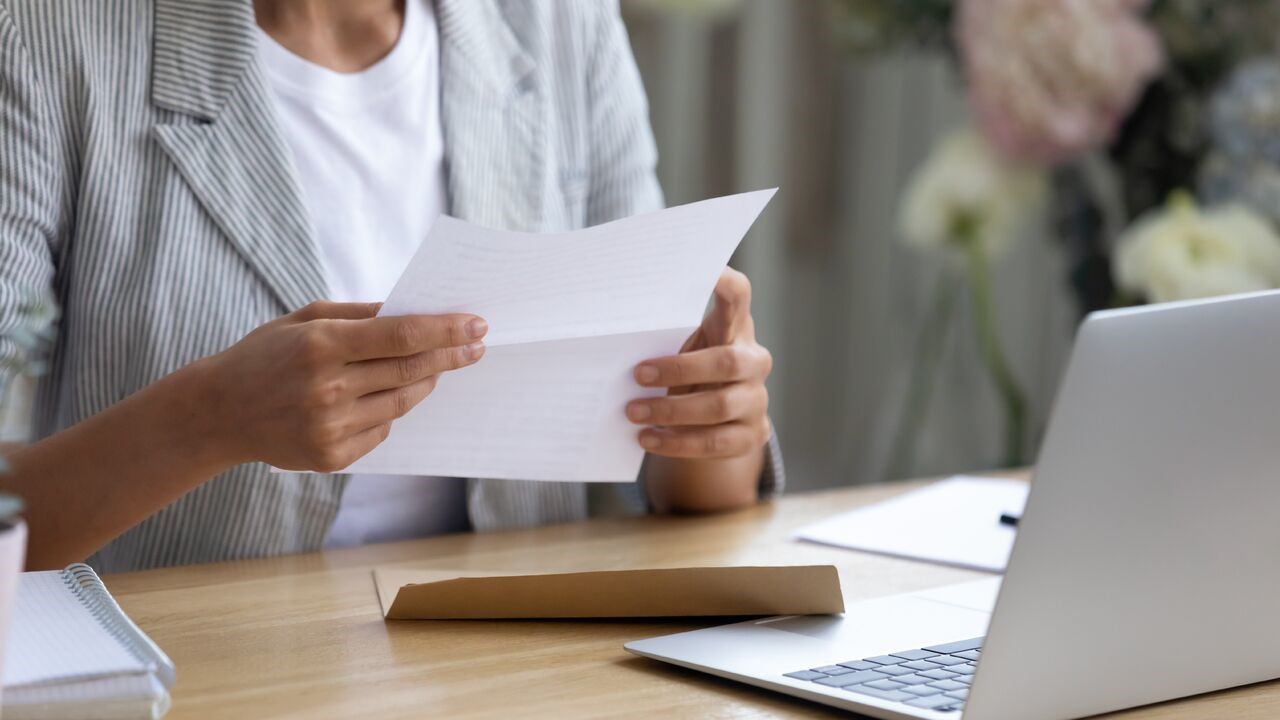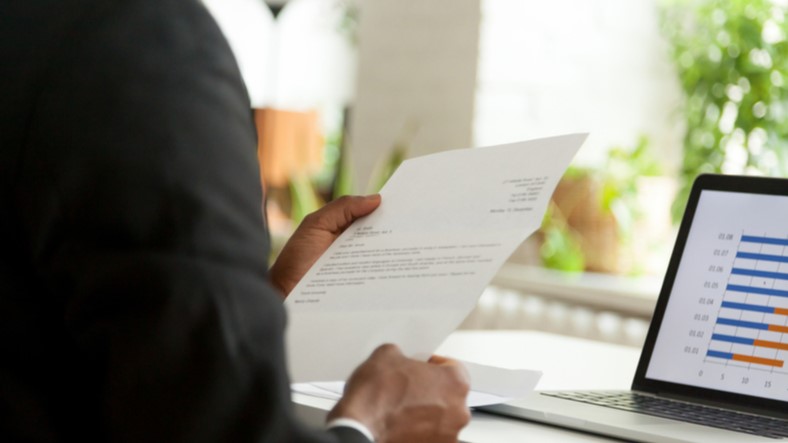How to format a business letter in five simple steps
Not sure how to write a proper business letter? Look no further – we’ve explained the entire process

More business communication than ever now takes place over email and instant-messaging tools, but more serious professional communication still often takes place with letters.
If you need to write business letters, it’s important to remain professional and get the format right if you want to find success. People won’t take you seriously if you don’t produce a proper professional document, and that can hinder your progress in all areas of your working life.
Handily, there are specific, universal rules that you can follow if you want to write and send the perfect business letter. We’ve outlined them in five steps right here – all you’ve got to do is follow our instructions.
There’s no shortage of professional help elsewhere on the site, either. Head here if you want to discover the best recruitment platforms of 2022, and click here for 2022’s best freelance websites.
Start Your New Job Search in Minutes with ZipRecruiter
With over 8 million jobs, ZipRecruiter is the one of the best places to start looking for your next job. Get started for free today.
Start off properly
Any business letter needs to start with contact information. You should include your name, job title, address, phone number and email address first – although you can omit some of that information if your business has headed paper that already includes contact details.
Immediately after your address, include the date, and then list the recipient’s contact information in the same order and format as yours.
Use the right salutation
Once the contact information is sorted and accurate, you’ve got to make sure you open the letter properly – which means using the right salutation that reflects the recipient.
Sign up to the TechRadar Pro newsletter to get all the top news, opinion, features and guidance your business needs to succeed!
If you’re not sure about who you’re writing to, use the classic “to whom it may concern”. If you don’t have a personal relationship with the addressee, use a formal “Dear” followed by their professional title and surname. Only use their first name if you already have an informal and friendly relationship with that person.
It’s not always required, but you may also want to include a subject line above or below the greeting to help the recipient quickly identify the content of the document. That’s especially helpful if the recipient gets lots of mail.

On the write path
After you’ve sorted the addresses and salutation, it’s time to write the main body of the letter. While the content will obviously be up to you, a business letter should always use the first paragraph to address the overall purpose of the communication.
A professional letter should have consistent formatting. Your text should use single line spacing, and it should ideally be left-justified. You should leave a clear line between each paragraph.
Use clear, professional language, stay on topic, and summarise your points in your final paragraph. Include a polite instruction or call to action to let the recipient know what would ideally happen next if further action will be required.
A strong finish
When you’ve wrapped up the main body of your letter, you’ve got to close things properly and maintain a professional tone. You can wrap up a letter with a salutation like “yours sincerely, respectfully yours” or a less formal phrase like “all the best” or “thank you” if you’ve got a closer relationship with the recipient.
If you’re going to print the letter and post it, leave four lines for your signature, and then type your full name and title. You don’t need to do this if you’re going to email the document – just include your full name and title without the extra space.
At this point of the letter, you may also want to leave a brief note to list the names of any documents that you’ve included with the letter. That’s useful if you’ve had to send a letter with extra paperwork because it means the recipient can check that nothing has gone missing. If you’ve not written the letter yourself, you can also include the initials of the typist at this point.

Get the details right
Those are the four key rules that you should follow if you want to format a professional letter properly. Beyond this, though, you should adhere to these additional tips to ensure you do a really great job and ensure that your letter gets the desired results.
You should proofread the document before you post – you won’t look professional if you’ve got spelling or grammar mistakes littering the letter. Keep your formatting consistent, and use the same font throughout – something professional like Times New Roman, Garamond or Calibri is ideal.
No matter what you write, make sure you’ve not used too much detail. A letter can become bogged down in minutiae that just isn’t important. Don’t use redundant words or pointless industry jargon, and avoid abbreviations – you can’t be sure that the recipient will know what you mean.
Mike has worked as a technology journalist for more than a decade and has written for most of the UK’s big technology titles alongside numerous global outlets. He loves PCs, laptops and any new hardware, and covers everything from the latest business trends to high-end gaming gear.
